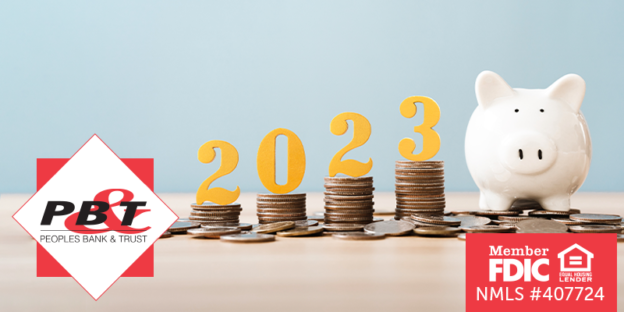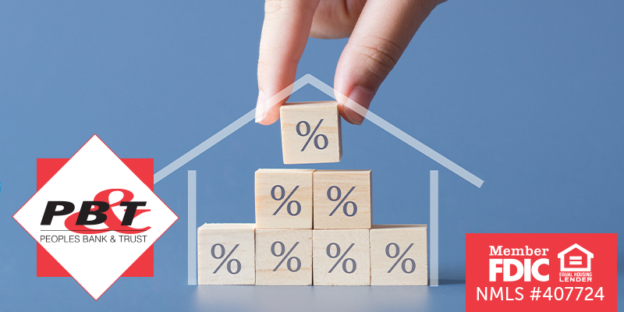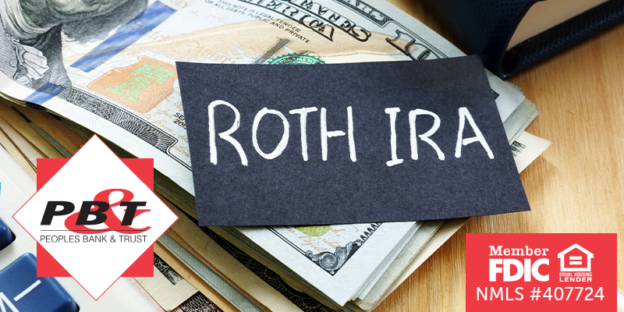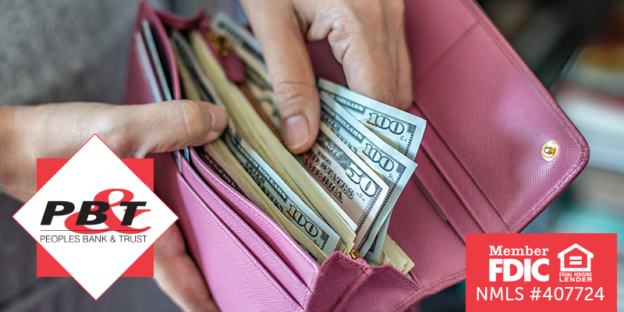If part of your new year’s resolutions was to reshape your finances and consolidate debt, this is the blog for you. Make your resolutions a reality with these top tips for the year 2023!
Preparing Your Financial Resolutions
If you have created new year’s resolutions, you know it can be extremely hard to stick to them if you don’t implement steps to adequately meet them. When you are identifying areas of your finances you want to improve, it is important to identify goals within your goals to help you stay accountable and committed to them throughout the year and on.
Resolution 1: Analyze Your Financial Situation and Budget
Before you decide what financial resolutions, you may have that will actually improve your financial habits and situation, it is crucial to do a deep dive into your current financial situation and comb through your budget. Doing this may bring up some areas that you didn’t realize may be affecting your finances negatively as well as find areas you can improve. Tracking your current spending and saving habits are incredibly important for everyone to do, let your financial resolutions be clear and concise by identifying your money moves and behaviors.
Resolution 2: Define Your Debt
Debt is a tool that depending on how you use and are managing it can inherently be a good or a bad thing. If you have found your debt to be more of a financial burden than a tool, chances are your debt need to be addressed and controlled. Here are a few key points to keep in mind as you address your current debt:
- Eliminate any debt that you can. Yes, this can be difficult to do – pay off credit card debt and avoid borrowing depreciating assets as it can add up quickly if you carry a balance.
- Keep your total debt amount manageable. Just because you can borrow it, doesn’t mean you should borrow it. The rule of thumb is to keep your monthly costs below 28% of your pre-tax income and your total monthly debt payments.
- Align your payments with your lifestyle and timing. When you are looking into taking out a loan, be honest with yourself about your time horizons, such as if you don’t plan to dig your roots somewhere consider a shorter maturity loan or an adjustable-rate mortgage over a longer-term loan
Resolution 3: Optimize Your Budget Financial Goals
Once you’ve addressed areas that need to be implemented or improved, you can begin re-working and refreshing your budget as well as carefully molding your plan to meet your financial goals. Tracking your spending and saving can be a useful tool with set guidelines to keep you on track, identify areas of improvement, help you safe more, and point out areas where you could cut back. Here are a few things to factor in when crafting your budget:
- Fixed expenses
- Rent/mortgage payments
- Cell phone
- Monthly subscriptions
- Groceries
- Eating out
- Clothing
- Entertainment
- Daycare
- Holidays
- Vacation
Resolution 4: Create Your Financial Goals
As you build this list here are a few financial resolutions to consider implementing:
- Save more money this year than you did last
- Better your credit score
- Better your budget – regardless of how you think your budget, this can always be looked over and changed to fit your lifestyle and goals as they evolve
- Pay your credit card balance in full each month
- Check your credit score more frequently
- Implement a financial checkup as often as you see fit
- Improve your debt
- Check your credit report more often
- Find a way to build your credit that aligns with your goals
- Start an emergency fund
- Analyze your retirement savings
- Open a savings account
- Consider a Certificate of Deposit
- Make a meeting with a financial advisor
- Discuss your financial situation with your bank
Meeting and sticking to your resolutions can be extremely difficult. Building a strong financial foundation will carry you well now and, in the future, so the best time to put in the hard work is as soon as you can and continue to implement new goals and areas to work through as you become more and more financially literate. If you have questions, we are happy to help! Contact us here.
Peoples Bank & Trust Co.
Member FDIC
Equal Housing Lender











